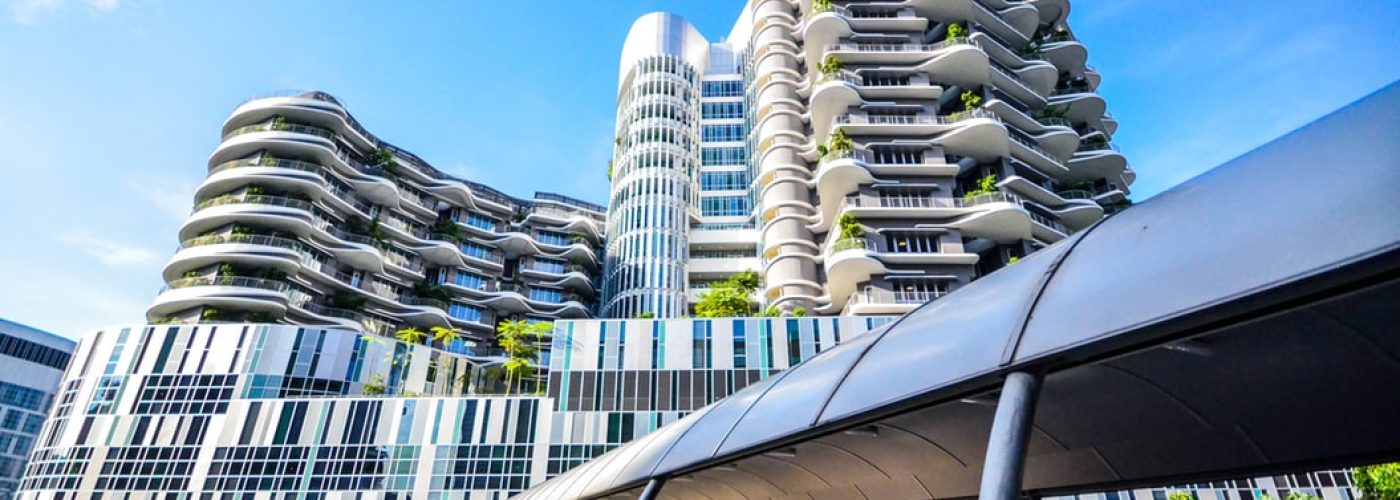Have you ever thought about how buildings are actually designed for us? They’re not just created to provide us with a place where we can shop, work, eat, live, and so on. They’re designed to affect our mood and make us feel a certain way — even when they don’t seem like they’re designed for this purpose.
Consider this quote from Winston Churchill: “We shape our buildings and afterwards our buildings shape us.” Think about how buildings affect you day to day. A dilapidated building might make you feel sad or uncomfortable, even subconsciously. Where as a colorful, modern building might make you feel relaxed and happy. Although a lot of this that can be subjective, there are also ways that architects can design buildings to bring about desired effects for the majority of people.
Ignoring the science behind building design can have disastrous effects. For example, a concrete-heavy, minimalist apartment building with cinder block walls might make tenants feel like they live in a prison. Even without realizing it, they might eventually become more depressed or start acting out in unusual ways because their environment has been subconsciously affecting them in the background as they go about their lives.
Thus, more architects today have realized the importance of designing buildings with science in mind to improve day-to-day wellbeing in all areas of life, from apartments to office buildings. A great design can make people feel comfortable, which will help them to live better and perform better at work. Even the casino industry is a well-refined, exact science: the layout, furniture, colors, materials, and lights are all carefully chosen to ensure that guests are relaxed and having fun.

How Architects Know What People Want
This can be as simple as asking people what they like and don’t like or how they feel in response to their environment. But people aren’t always aware of these things. That’s where data-tracking devices come in to play. In psychological studies, heart rate, brain activity, and emotions can all be monitored through smart devices or medical technology. Researchers can discover how entering a certain room changes how we feel, or how being surrounded by skyscrapers can make us feel uneasy or tense. (This is also why there’s been such a huge push for parks in urban areas — they make us feel happier.)
A Closer Look: Building Design
A lot is considered when designing a building. For example, ceiling heights are very important. A low ceiling height can make people feel claustrophobic or uncomfortable and want to leave the room or building as quickly as possible. A higher ceiling height can of course bring about the opposite effect — It’s even been said that higher ceilings can stimulate free and creative thinking. Additionally, a ceiling that is designed with the right materials, such as those that are pleasing to the eye and can absorb sound, will further positively affect those in the building.
Colors and lighting are also important factors to consider. For example, think about the design of your favorite restaurant. It likely uses many different colors to set the mood in aspects like the walls, floor, furniture, seating, and decorations. The lighting is probably not too bright because the restaurant wants you to feel less alert and more relaxed. (On the other hand, if the lighting is bright, the restaurant likely is a fast-casual place that doesn’t want you to linger.) If the lighting is dim, it’s probably because the restaurant wants to set a romantic mood or further lower your heart rate so that you’re feeling pleasant and stick around a while.
Further, natural lighting is an important factor to consider, too. A building designed to achieve the greatest amount of natural light will help people to feel happier than a building that gets poor light.
These are just a few of the ways that buildings are designed with us in mind — there’s a lot more that’s considered, like materials, location, aesthetics, and space, among others. Regardless, thoughtful building design is extremely important — so hopefully this won’t just be a passing trend.





